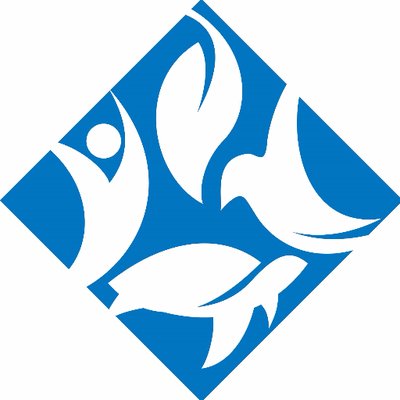The River Institute, in partnership with the City of Cornwall, and Watersheds Canada recently received funding to restore and naturalize two sites in Lamoureux Park, Rotary Creek and Rotary Point.
Rotary Creek is a 257m stream that connects the historic Cornwall Canal to the St. Lawrence River. It is populated by a variety of species and provides spawning habitat for perch, bass, and chinook salmon. It is also home to the largest documented population of the cutlip minnow, a threatened species at risk in Ontario. In recent years, Rotary Creek has been impacted by invasive phragmites, which have spread and displaced native plants along the shoreline.
This 1-year project, funded by Ontario’s Great Lakes Local Action Fund, will help remove an invasive species (phragmites), protect a species at risk (cutlip minnow) and plant demonstration sites for the public to learn about the benefits for shoreline naturalization and erosion control.
“Our government is proud to support the important work that the River Institute is doing to help restore the stream and shoreline that make up Rotary Creek,” said David Piccini, Minister of the Environment, Conservation and Parks. “Whether it’s removing invasive plant species, planting native plants along streams and shorelines and protecting species at risk, like the cutlip minnow – we will continue working with groups like the River Institute and local communities across Ontario to protect and improve the health of our coastal, shoreline and nearshore areas of the Great Lakes and their connecting rivers.”
Watersheds Canada, the City of Cornwall, and River Institute staff will work together on various aspects of the project; including hosting planting workshops that will provide opportunities for community volunteers and students to participate in the project in 2023. Naturalizing shorelines addresses problems such as poor water quality and shoreline erosion, and the partners hope that this project will lead to more initiatives like this in the region.



